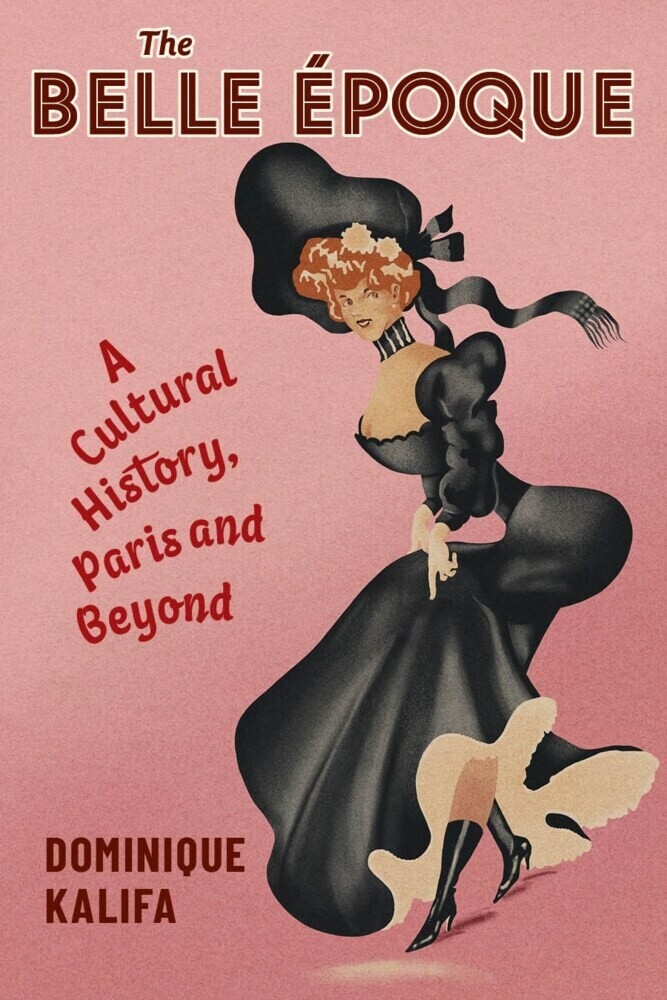
Zustellung: Do, 30.01. - Mi, 05.02.
Versand in 3-4 Wochen
VersandkostenfreiBestellen & in Filiale abholen:
The years before the First World War have long been romanticized as a zenith of French culture?the "Belle Époque.? The era is seen as the height of a lost way of life that remains emblematic of what it means to be French. In a vast range of texts and images, it appears as a carefree time full of joie de vivre, fanfare and frills, artistic daring, and scientific innovation. The Moulin Rouge shared the stage with the Universal Exposition, Toulouse-Lautrec rubbed elbows with Marie Curie and La Belle Otero, and Fantômas invented automatic writing. This book traces the making?and the imagining?of the Belle Époque to reveal how and why it became a cultural myth. Dominique Kalifa lifts the veil on a period shrouded in nostalgia, explaining the century-long need to continuously reinvent and even sanctify this moment. He sifts through images handed down in memoirs and reminiscences, literature and film, art and history to explore the many facets of the era, including its worldwide reception. The Belle Époque was born in France, but it quickly went global as other countries adopted the concept to write their own histories. In shedding light on how the Belle Époque has been celebrated and reimagined, Kalifa also offers a nuanced meditation on time, history, and memory.
Inhaltsverzeichnis
Prologue: Time Regained
Part I: "The 1900 Époque"
Dawn of the Century
Time in Flight
"Nothing mattered as long as we were dancing"
The Invention of "1900"
Part II: Ah! la Belle Époque!
Occupied Paris, "Belle Époque" Paris?
Liberated Paris, Belle Époque Paris
A Lively Mid-Century
Part III: The Ordeal of the "Fin de Siècle"
The "Belle Époque" Isn't What It Used to Be
All of France in the Belle Époque
A Very Broad "Belle Époque"
Everything Is Cultural in the Era of the Vintage
Epilogue: Tangled Times
Postscript: The Belle Époque and the Gilded Age, by Venita Datta
Notes
Bibliography
Index
Part I: "The 1900 Époque"
Dawn of the Century
Time in Flight
"Nothing mattered as long as we were dancing"
The Invention of "1900"
Part II: Ah! la Belle Époque!
Occupied Paris, "Belle Époque" Paris?
Liberated Paris, Belle Époque Paris
A Lively Mid-Century
Part III: The Ordeal of the "Fin de Siècle"
The "Belle Époque" Isn't What It Used to Be
All of France in the Belle Époque
A Very Broad "Belle Époque"
Everything Is Cultural in the Era of the Vintage
Epilogue: Tangled Times
Postscript: The Belle Époque and the Gilded Age, by Venita Datta
Notes
Bibliography
Index
Produktdetails
Erscheinungsdatum
06. Juli 2021
Sprache
englisch
Seitenanzahl
264
Autor/Autorin
Dominique Kalifa
Übersetzung
Susan Emanuel
Verlag/Hersteller
Produktart
kartoniert
Gewicht
398 g
Größe (L/B/H)
226/150/16 mm
ISBN
9780231202091
Entdecken Sie mehr
Bewertungen
0 Bewertungen
Es wurden noch keine Bewertungen abgegeben. Schreiben Sie die erste Bewertung zu "The Belle Epoque" und helfen Sie damit anderen bei der Kaufentscheidung.










